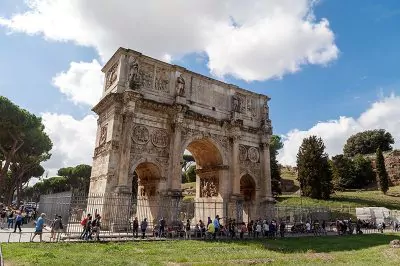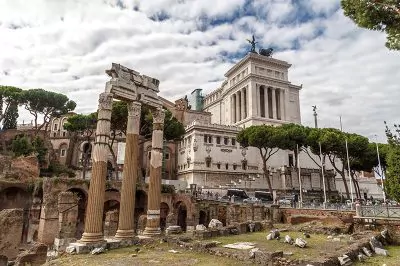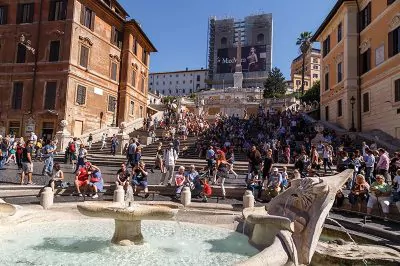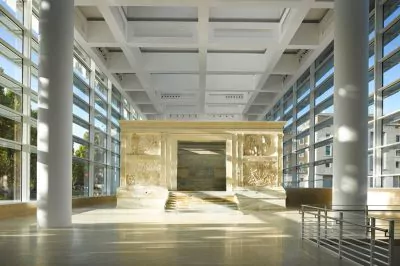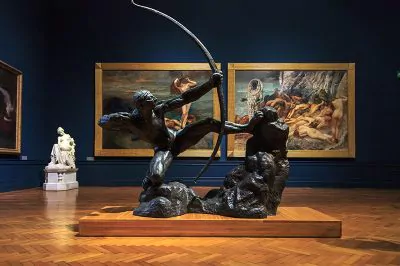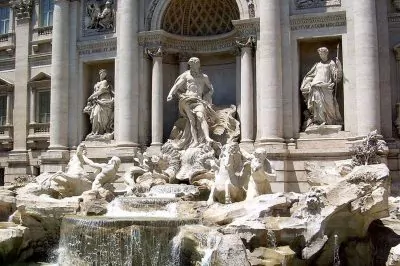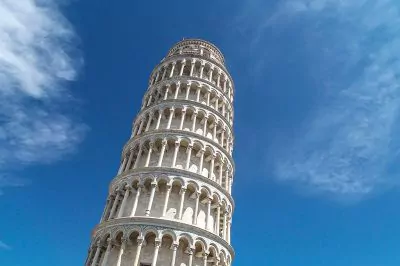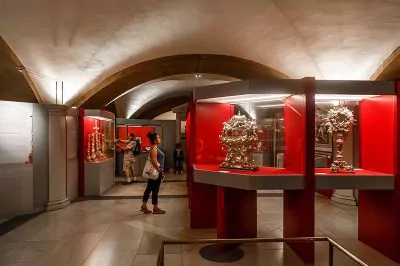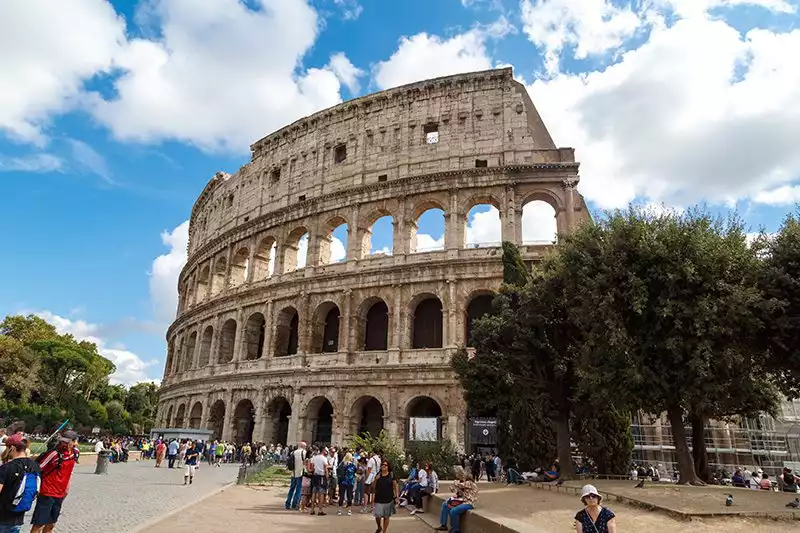
Arena of Gladiators Colosseum
One of the most popular sightseeing spots in Italy, the Colosseum is also known as Flavianus Amphitheater. The building, whose construction was started by Titus Flavius Vespasianus in 72 AD, is called Flavianus because of the name of the commander.
There was a fire in Rome in 64. The flames, which spread rapidly due to the fact that people lived in wooden buildings, burned continuously for about a week and part of Rome was destroyed as a result of the fire.
Roman Emperor Nero had a large villa built for himself and had a 37-meter-high bronze statue erected at the entrance of the villa. This bronze statue is called Colossus Neronis. After Nero’s death, the villa was demolished and covered with soil and new buildings were erected. One of these buildings is the Colosseum. It was named after Nero’s bronze statue Colossus.

The Colosseum is one of the largest amphitheaters in the world. With a capacity of more than 75,000 people, the Colosseum was used for theatrical performances, but it was also used for executions, animal fights and gladiatorial contests that attracted the Roman people.
Of course, the people who came to watch the activities in the Colosseum, which has an important place among the ancient megastructures, were divided according to their class. Roman senators used to sit in the front seats called the podium.
Behind them in the marble tribune were Roman businessmen. As you went backwards, it was the turn of the ordinary citizens of Rome. This was the capacity of the theater, but Vespasianus’ son added a fifth row with wooden seats so that people with lower incomes could also watch the performances.
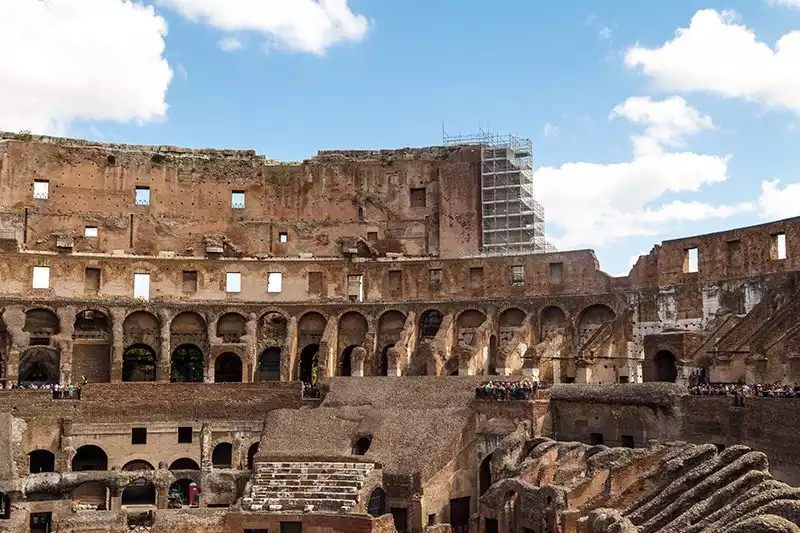
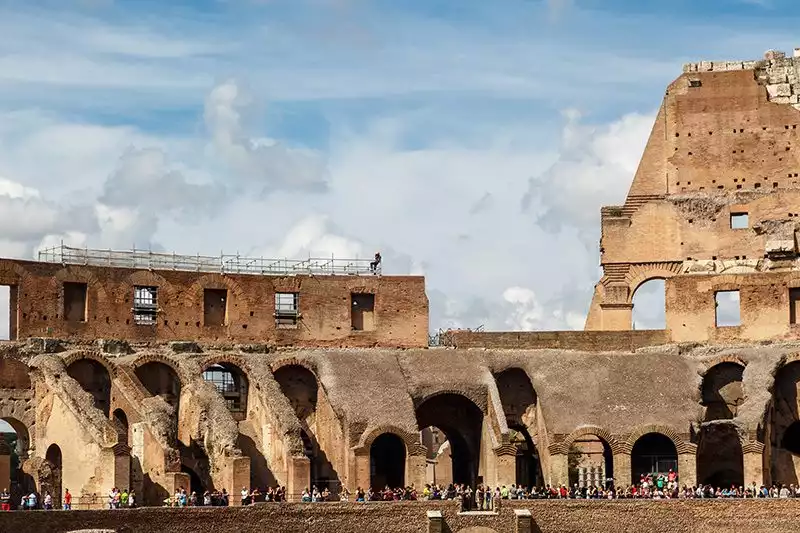
There were also emperors among the people who were seated according to their class. Among the gladiators who were raised to fight each other, only one of them would survive at the end of the fight, while the other gladiator would be killed by the victorious gladiator. Fighting was the biggest entertainment and the most enjoyable activity for the people who came to watch these competitions. This will not be unfamiliar to those who watch the Spartacus series.
After the building, whose floor was covered with sand to absorb the blood of the gladiators, was opened, an unprecedented underground complex was wanted to be created in the Colosseum. Vespasian’s Colosseum was completely renovated by Domitian II. It served as a backstage area with trap doors and elevators, allowing the plays to be spread over a larger area.
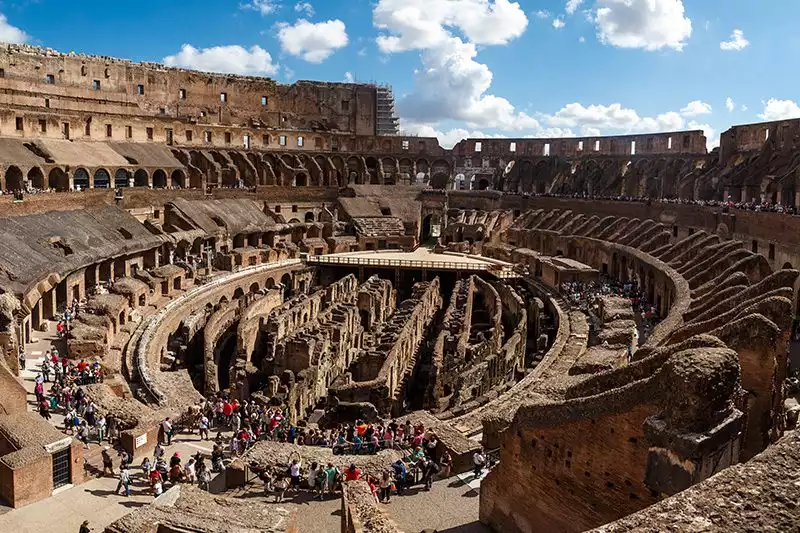
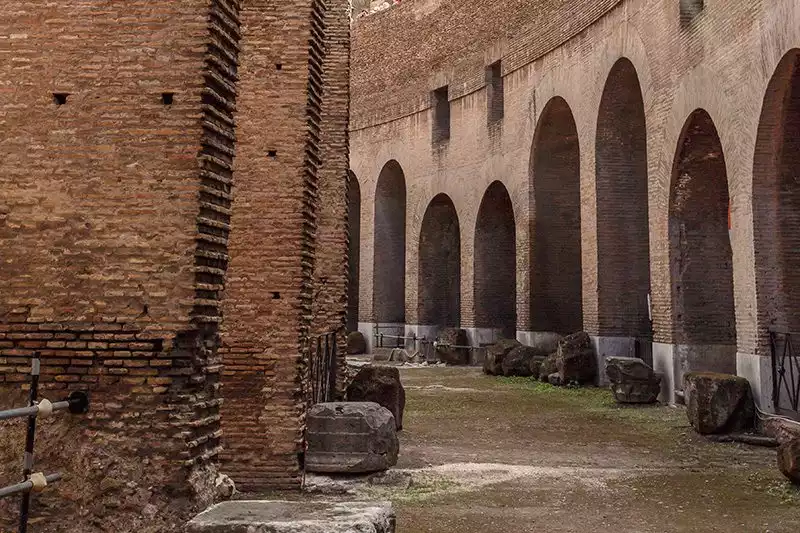
In addition to gladiatorial contests, animals that had been starved for days were pitted against condemned men or gladiators sentenced to death. These wild animals, including lions from Morocco and Tunisia, crocodiles and hippopotamuses from Egypt, ostriches and elephants from North Africa, and panthers from Eastern Rome, would tear the condemned man to pieces and eat him. Animals were taken up from these backstage areas by an elevator system, adding excitement to the games. Animal skeletons found in Roman excavations also confirm this.
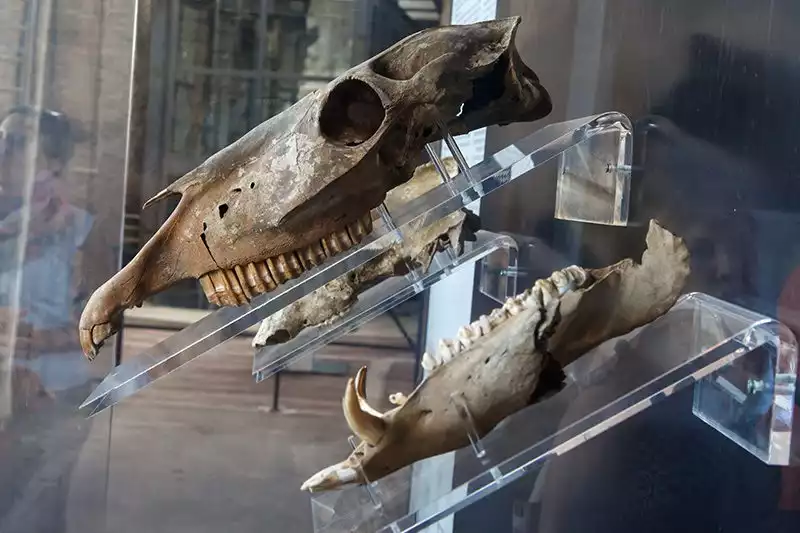
When a gladiator, either a prisoner of war or a slave, is wounded, the victorious gladiator looks at the emperor’s hand. If his thumb is up, he is pardoned; if it is down, he is killed. Since the emperor could not be heard in the crowd and amidst the cheers, such a method was developed.
This is called Pollice verso, a Latin expression. The French painter Jean-Léon Gérôme, whose students included Osman Hamdi Bey, depicts a gladiator waiting for the emperor’s decision in his 1872 painting Pollice Verso. The painting, which is exhibited today at the Phoenix Art Museum in the United States, also inspired the movie Gladiator, which was released in 2000.
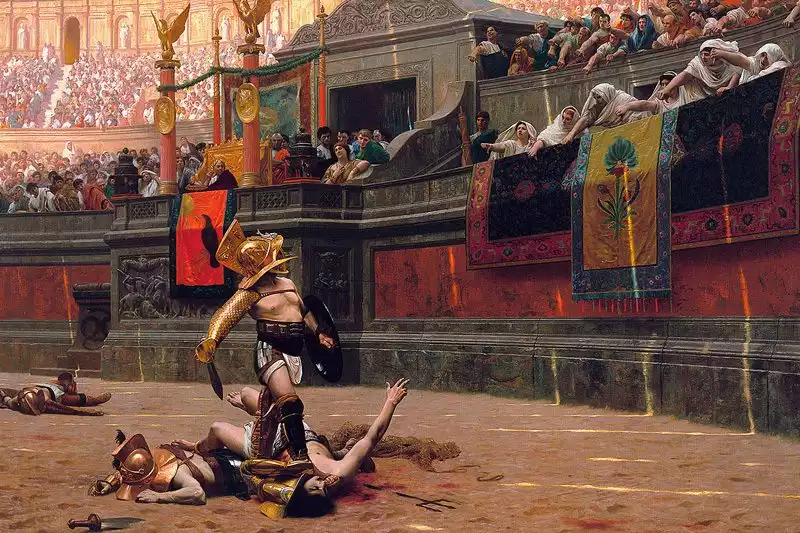
With Rome’s adoption of Christianity, all these events, deadly fights and the killing of humanity for pleasure came to an end and the curtain came down on its eventful past.
The huge 188×156 meter theater was named one of the 7 wonders of the world in 2007. Today it is one of the favorite spots for tourists visiting Rome. The intense interest of tourists visiting Rome towards the Colosseum causes long queues here.
If you have a Roma Pass, you can pass through the turnstile reserved for Roma Passes faster and thus avoid waiting in the crowded queue. The ticket price and entrance fee for the Colosseum in Rome is paid. If you don’t have a Roma Pass, you may have to wait in long queues.
When you enter, you find yourself in an environment like an exhibition hall where the sculptures and materials found in the colosseum are exhibited. For example, the white horse body sculpture left over from a horse sculpture. It is just one of the dozens of sculptures decorating the Colosseum.
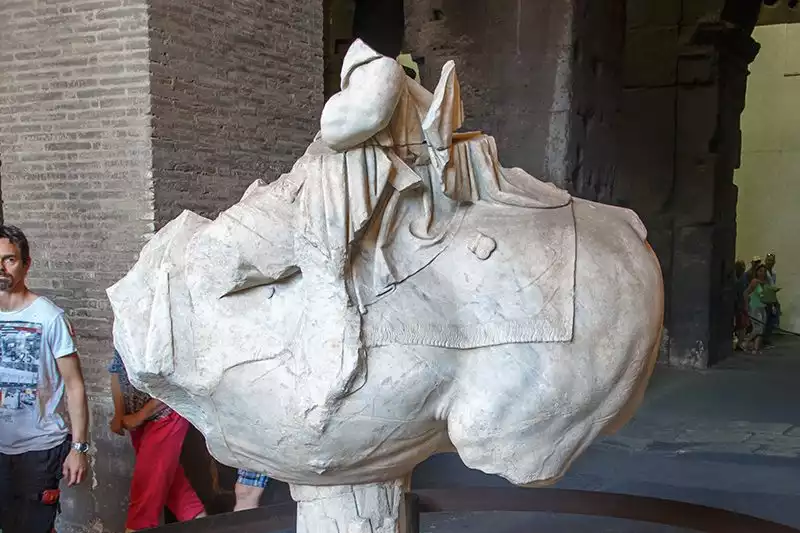
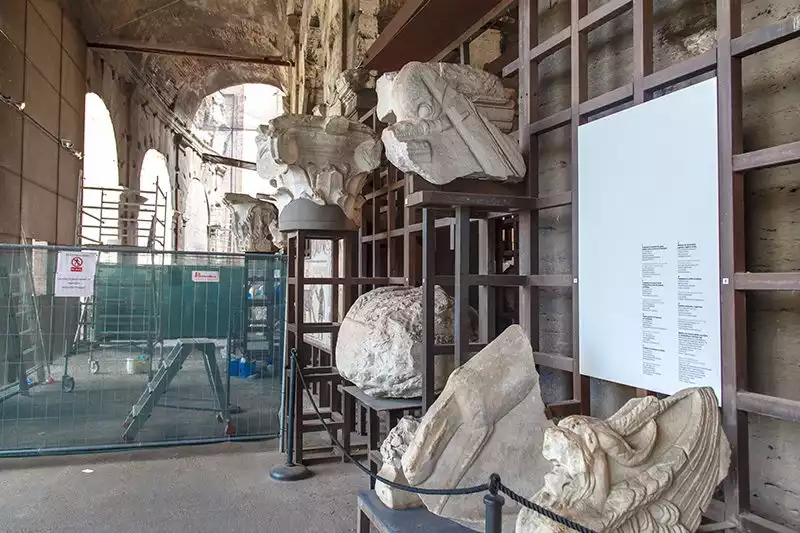
Gambling could also take place in the stands while the competitions were taking place. The rules of the game were not determined, but the materials used in the games were found. There were also bones among the stamps similar to today’s backgammon or go stones.
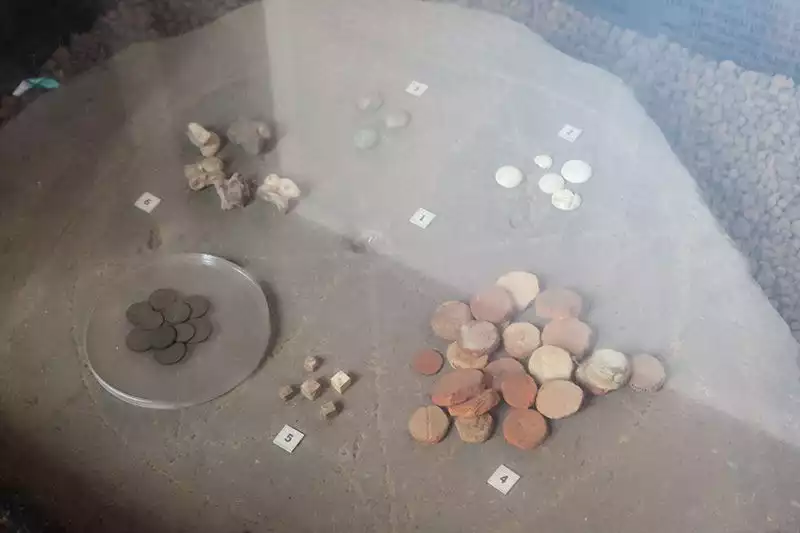
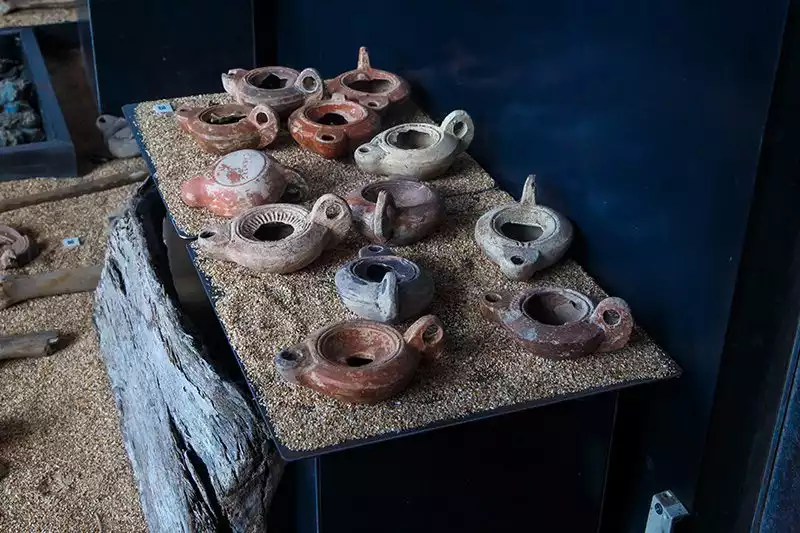
The Colosseum, the historical structure of Rome, has a certain route and you can visit the Colosseum from top to bottom by following this route. It is possible to stay inside as long as you want. If you visit Rome, do not leave without seeing this large arena in the center of Rome.
